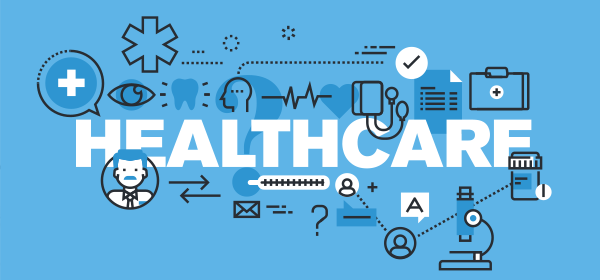
Health Information Exchange (HIE) has the potential to change the way we provide and receive medical care. It will eliminate fatal medical errors and save lives. No wonder governments all over the world are promoting this practice.
The first step towards the exchange of medical information is the creation of Electronic Health Records (EHRs). More and more service providers have started using EHRs. There is a common belief that the use of EHR will increase provider productivity, improve patient care, and decrease practice costs. Small practices may find the idea of converting to EHR fairly overwhelming, but technical and financial assistance is available to them.
Preventable medical errors cost the lives of thousands of patients each other. In fact, medical errors are claiming more lives than motor accidents, AIDS, and breast cancer combined. Miscommunication is the cause of 80 percent of these errors. It is time we created a system that provides more responsible care and facilitates better communication.
Health Information Exchange
The creation of a nationwide health information exchange (HIE) program will facilitate better communication among health care providers, staff, and patients. The objective of this program is to bring about revolutionary changes in the health care system. Effective implementation of HIE will ensure that each patient receives optimal care. HIE will optimize health outcome, improve patient experience, reduce health care costs, and increase provider satisfaction.
A robust EHR system is the cornerstone of HIE. A typical EHR system has the following components – the history and demographics of the patients, clinical notes of the physician, a comprehensive list of the medications and allergies of the patient, and computerized orders for prescriptions among others. In addition, EHR will enable the patient to see imaging and laboratory results electronically. The factors that limit the application of HIE are high financial investments, workflow redesign requirements, and an increase in the training time of the physician and the staff. In addition, health care facilities will probably have to employ new staff to provide HIE support. If these hurdles can be overcome, HIE will create a database of health information that will coordinate patient care and improve communication amongst health care providers about shared patients. The overall outcome will be beneficial to both the patients and the care providers.
Benefits of HIE include better access to health care, less paperwork for doctors and patients, better care, increase in administrative efficiency, decrease in the cost of healthcare, and prevention of deadly medical errors. HIE will also ensure that patients and their families are actively involved in their healthcare.
An electronic health record converts paper record into electronic format. This enables faster communication, clinical decision making, and recall. The use of EHR changes the way a practice communicates. It provides instant access to patient data and redesign workflows. There are several benefits to this. It will reduce transcription costs, and facilitate the easy identification of patients with specific needs and conditions.
E-prescribing is another aspect of this. This allows a physician to send an error-free and understandable prescription from the point-of-care to the pharmacy electronically. Health Information Exchange (HIE) technology is crucial to the success of this program. Proper HIE will enable the secure sharing of health care data between organizations.
Before they can create an HIE, organizations have to define their goals, align stakeholders, and focus on the various components that will make information exchange successful.
Where to start
A successful HIE program will create patient data that can be shared, tracked, and analyzed by physicians and other health care providers. Before plunging into HIE deployment, health care organizations should assess their readiness. They should ask themselves if they have the right technology. They should analyze the current structure of the organization to see where new staff has to be incorporated. Organizations should also identify medical trading partners.

